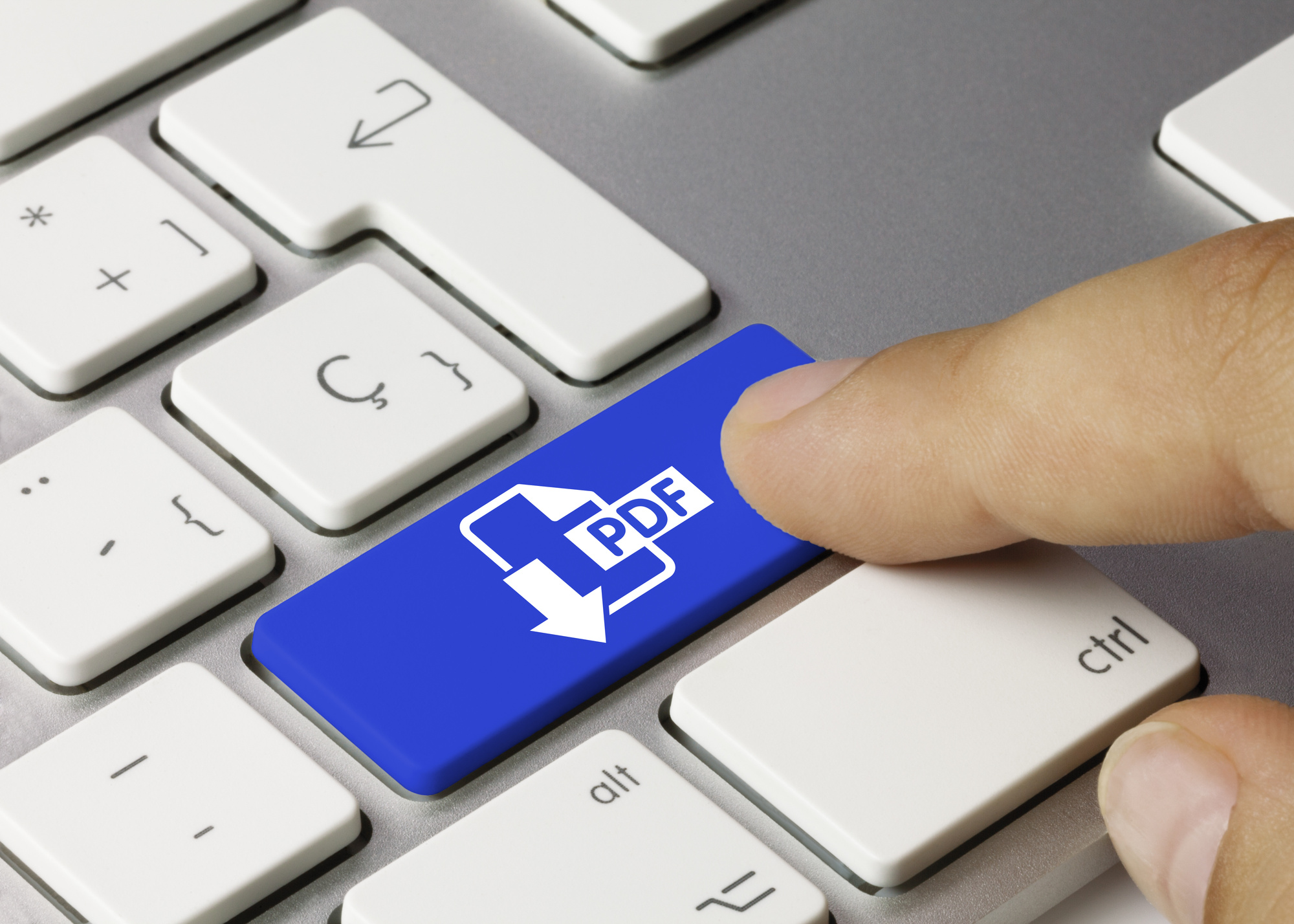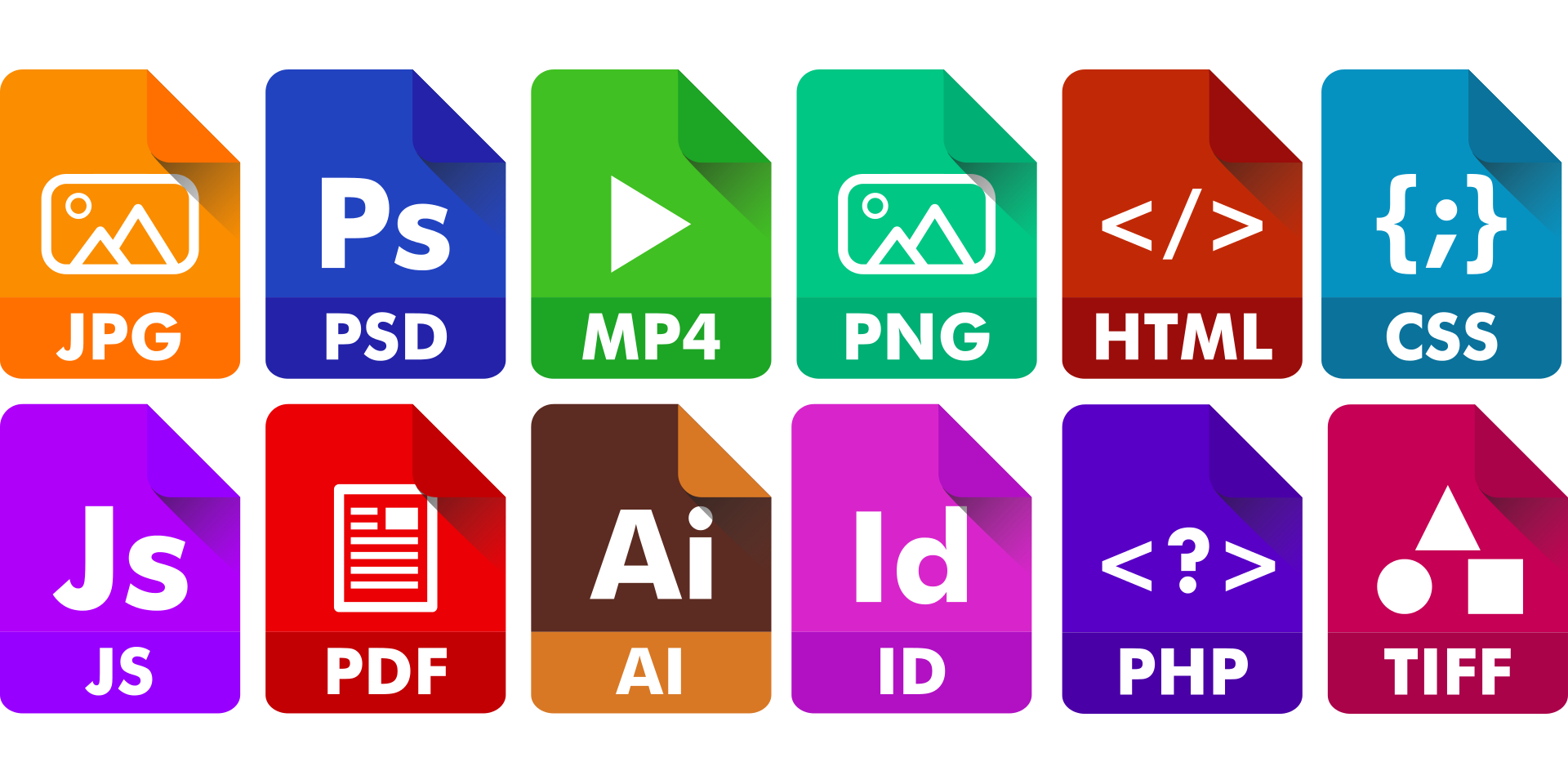Portable Document Format or PDF is a popular universal file format used since 1993. It’s a user-friendly, downloadable, and printable file format that works in all systems. However, PDF files are not safe from theft, plagiarism, and copyright.
This is when you should encrypt your files and add PDF protection. Encrypting your PDF files will help you protect your content and limit access. In this guide, we’ll explain why you should try encryption and how to encrypt a PDF.
Why Should You Encrypt A PDF?
Encryption is a great way to protect your files and data from foreign and unwanted visitors. When you encrypt a PDF, you place a PDF password to add security measures.
Here are some reasons why having PDF protection can benefit you!
Control Who Sees It
In some cases, you have to share a PDF for work or school purposes. When you share PDF files, everyone can see and access the content of your PDF. Encrypting the PDF means you limit who has access to the file and the data.
The encryption will ensure that only those with the password can open the files. However, passwords can get compromised if the people you share them with are not trustworthy. You should only give the password to the people you trust or your partners.
Stop Unwanted Sharing and Editing
When you password protect PDF files, you limit how people interact with your file. You can stop people from copy and pasting the content of your file. No one else will have the power to change or share your file unless they have access.
Adding a watermark is another smart way to avoid unwanted sharing. However, many people have the skills to remove or change the watermark to make it their own. Encrypting your PDFs is the best way to decrease public file interaction and improve security.
Maintain Content Integrity
Locking up your PDF document is a great way to preserve the integrity and uniqueness of your content. If they do not have permission, no one can look, embed, or copy-paste your data. When you lock your PDF, no one can access your file when they embed it without permission.
Lessens Your Worries
PDF protection benefits many businesses, especially those in the medical, financial, and government sectors. PDF files are the best medium to share documents containing internal processes and trade secrets. A password will prevent that info and data from getting leaked and taken advantage of.
Secure Remote Offices
With many businesses going remote during the pandemic, sending files back and forth is the best way to get information. With many sensitive data passing back and forth, encryption is your best solution. You can fight against accidental loss of data or theft with encrypted PDF files.
Tax accountants and other service organizations need to be careful with their files. The encrypted files encourage users to have backups and controlled devices. Strong key management is another strategy that you should do along with encryption.
How to Encrypt A PDF
Increase the security of your PDF files by learning how to encrypt a PDF. There are three ways you can encrypt: using Acrobat, Microsoft Word, and the Preview app.
Learn the step-by-step guide to encrypt a PDF with the three methods.
Use Adobe Acrobat
Adobe is one of the most trustworthy companies, making software for the publication and creation of content. Did you know that about 250 million people open PDFs using Adobe products?
Start by signing up with your Adobe Creative Cloud if you haven’t already. Once you’ve opened Adobe, go over to the upper-left corner and click on the File menu. Select Open and choose the PDF file that you want to encrypt.
Click on the File menu again and click on Protect Using Password. The dialogue box will appear, asking for you to choose a password for Viewing or Editing. Choose between the two, then write down your desired password.
If you want to add security for editing and printing, then click on the Tools tab. Scroll down until you find security and select the advanced options. Head over to the drop-down menu and pick Encrypt with Password.
When the Password Security windows appear, check the box next to Restrict Editing and Printing on the Document. Under the Permissions area, pick the types of editing and printing allowed. For the final step, select your encryption and compatibility setting and click OK.
Use Microsoft Word
Open the Microsoft document that you would like to encrypt as a PDF. Go to the File menu, click on the Info tab and select Protect Document. Choose Encrypt with Password, enter the password twice and click OK and you’re done.
Another way to encrypt with Microsoft is by clicking on Save As on the Microsoft document. Save the file as a PDF, then select More options underneath the file format area. Select Options, opening a pop-up box where you can click the Encrypt the Document with A Password.
Use the macOS Preview App
Right-click on the file you want to encrypt and choose Open With, then select Preview. Open the PDF file and select the File menu, then click on Export from the drop-down choices. The Export pop-up box will appear, where you can type in a name and select a designation.
Check the box next to Encrypt, making the window bigger for you to put a password. Enter it twice and click on the Save button to complete the process. Once the encryption finish processing, a password prompt to check if the password works.
Your Guide to PDF Encryption
When you encrypt a PDF, you save your rights to the content and protect it from intruders. Keep all your data locked up with strong passwords containing symbols, numbers, and letters.
Are you having trouble converting your other files into PDFs? We have a free online file conversion available for your disposal. You can convert your PDFs to PNG, DOCX, and even EPUB formats!









